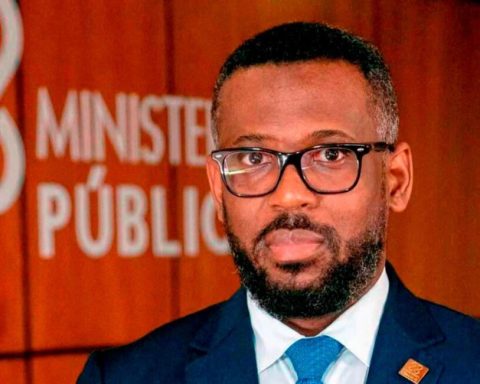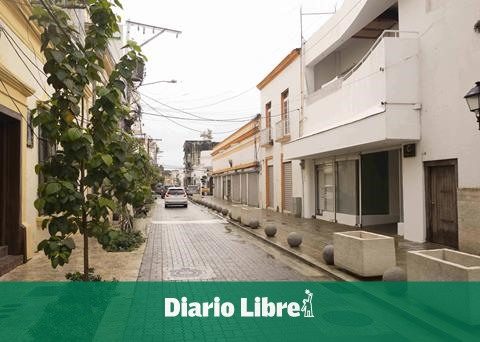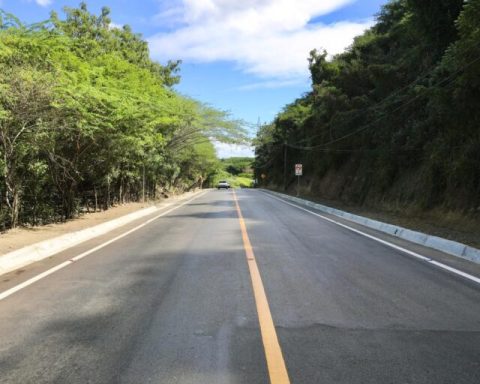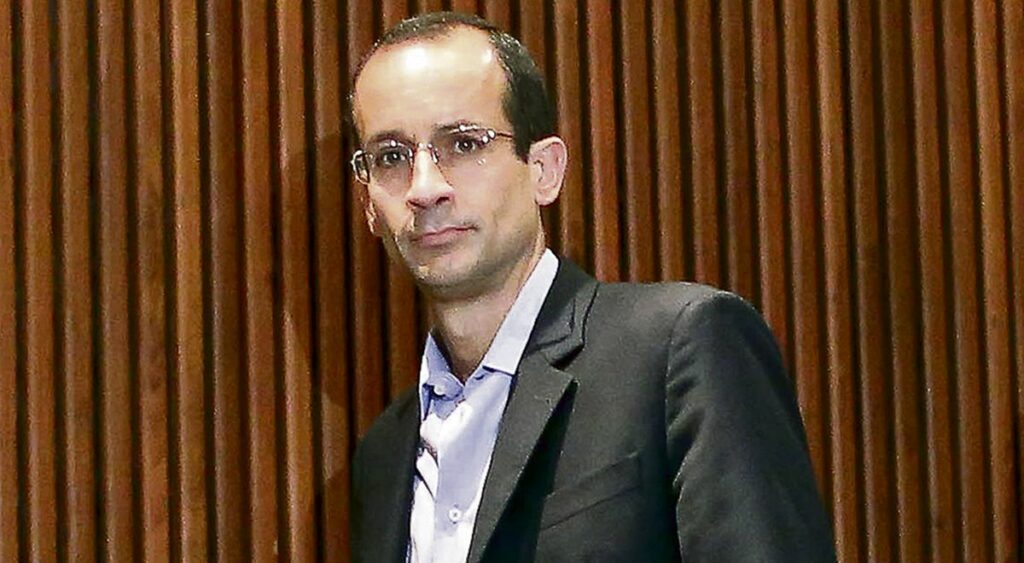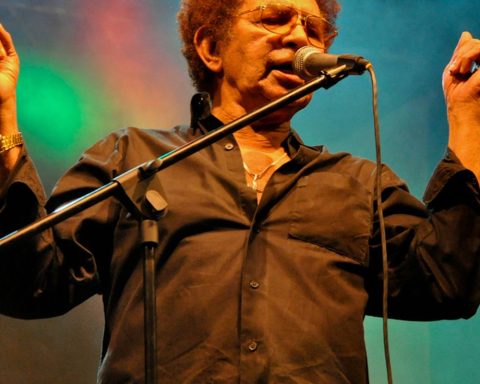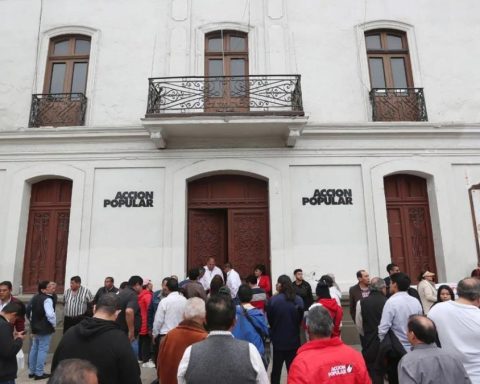For more than 80 years in the Dominican Republic, several plans and technical tools have been designed to deal with the problem of storm drain in the country, however, according to experts, the lack of political will has not allowed the start of these initiatives.
The lack of a system storm drain effective has been more visible at a time when the country takes stock of the damage and fatalities left by the floods recorded last Fridaywhen it fell in less than three hours more than 50% of the rainy expected in the month of November, according to data from the National Office of Meteorology (Onamet).
The urban architect Omar Rancier explained that the Dominican Republic has had plans to deal with the problem of the drainage system since 1939when the dictator Rafael Leónidas Trujillo hired the former Spanish minister and architect Bernardo Giner de los Ríos for such purposes.
“We have had about five or six urban plans and directors for Santo Domingo, but they are not executed, if there is no will to implement the plan that the city of Santo Domingo needs”Rancier said.
The “Basic Report on Critical Points and Pollution Problems in the Middle and Lower Basins of the Ozama and Isabela Rivers in Greater Santo Domingo”developed in 2013 by the Executive Unit for the Readjustment of La Barquita (Urbe), cites the five plans mentioned by Rancier: Sanitary and Rainwater Sewerage Master Plan of Santo Domingofrom 1969; Technical Proposal for a Sanitation Action Program for the city of Santo Domingofrom 1994.
He too Storm Drainage Master Plan for the city of Santo Domingo, of 1997; PEnvironmental Sanitation Plan for the Lower Middle Ozama- Isabela-Haina Basins and the Santo Domingo Coastfrom 1999 and the Diagnostic Report and Basic Studies for the Santo Domingo Sewerage Master Planfrom 2011.
Regarding the latter, developed during the management of Alexander Montas in the Santo Domingo Aqueduct and Sewerage Corporation (CAASD), it is important to point out that it was executed, although from the point of view of wastewater treatment.
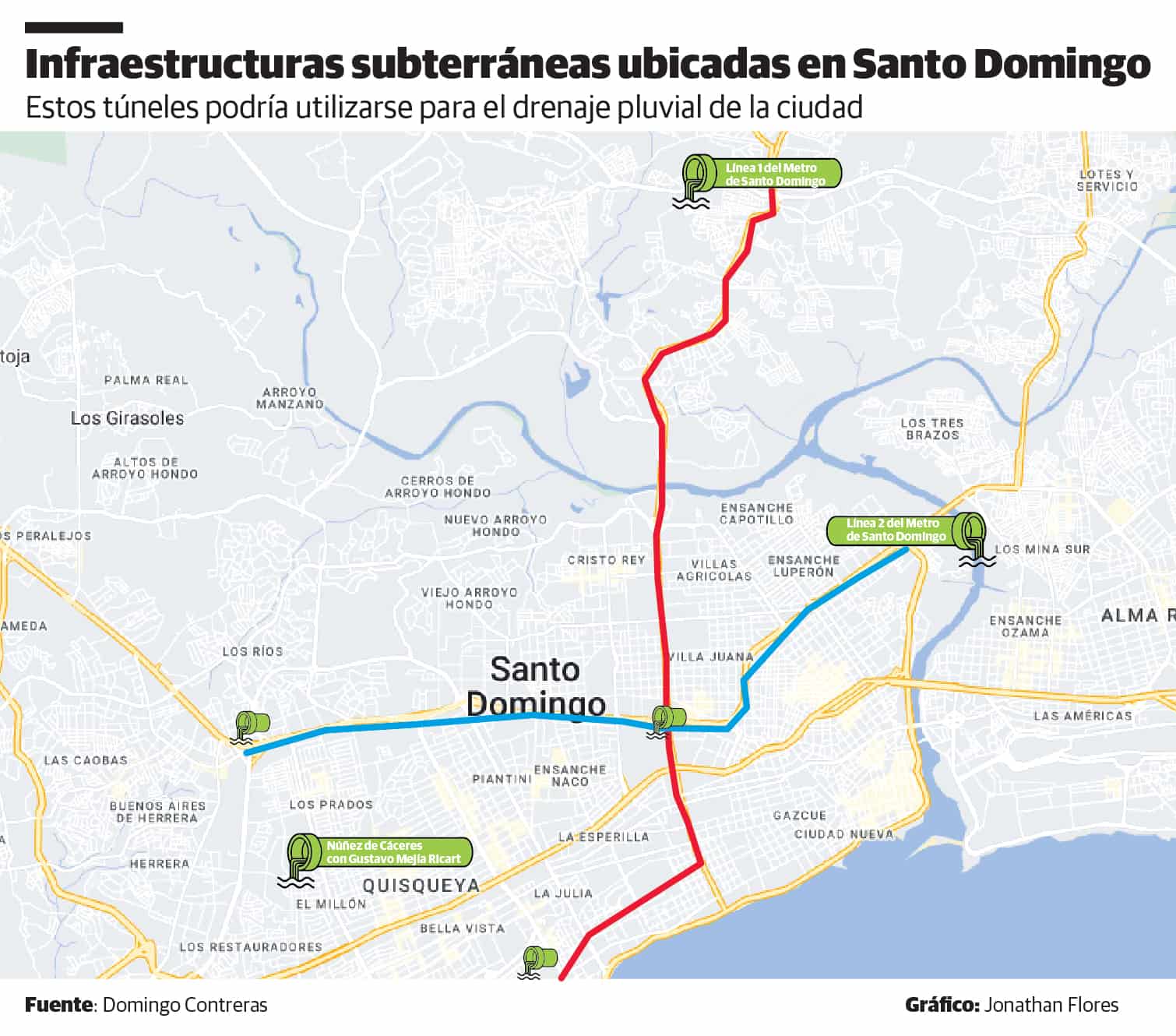
Underground tunnels: a solution?
For the former Secretary General of the Mayor’s Office of the National District, Sunday Contrerasthe development of a territory, like the one done in Santo Domingo, requires a work that responds to the services that the city needs.
“I have argued that here is an opportunity to promote a escrow that generates an underground infrastructure that gives us five services: drinking water, sanitary water, rainwater, telephone and electrical wiring,” he added.
He added that in the country “there are technical tools, infrastructures and public and private companies that require these services, in addition to the fact that there is a fundamental need.” He stated that with the creation of the Santo Domingo Subway two lines of gallery system (tunnels) were developed, but are currently not in use.
“For the two Metro lines, a parallel infrastructure was built that has the capacity of all the aforementioned services. We have other lines that have been developed; This work must be completed, for example, along the Núñez de Cáceres from the Gustavo Mejía Ricart, in La Laguna. There, a pipe system was made that crosses the entire area with the Metro equipment, ”he indicated.
He added that this type of infrastructure “is an obligation to respond to the challenge of a territory that is developing. I think that the President of the Republic, who has had a policy of trust and public-private alliance, has in this challenge an enormous opportunity to launch a project of this type in Santo Domingo”.
Omar Rancier emphasized the importance of beginning to take into account the climate crisis, regarding the phenomenon recorded on Friday.
“We have to start taking climate change into account, because we are probably going to have events of this magnitude in the future,” he warned. He added that the climate crisis has been part of the set of problems that the Dominican drainage system has. “The main issue is the lack of drainage infrastructure, solid waste management, which has to do with municipal administration, as well as citizen education,” he added.
You can back
For the Creole Meteorologist Francisco Holguin what happened with the downpours on Friday should lead to rethink the city with the theme of drainageabove all, because it is an event that can return in a week, a month or a year, as it is one of the unexpected consequences of climate change.
The magnitude of the rainy that left the main avenues and streets of the city flooded and drowned hundreds of vehicles, was unpredictable, according to several experts.
Both Holguín and the meteorologist John Morales They agree that there was no way to predict what happened, beyond the weather alerts issued since Friday morning by the relief services on their web and social media platforms.
The phenomenon has once again reminded us of the need for another weather radar to increase the quality of the forecasts.

